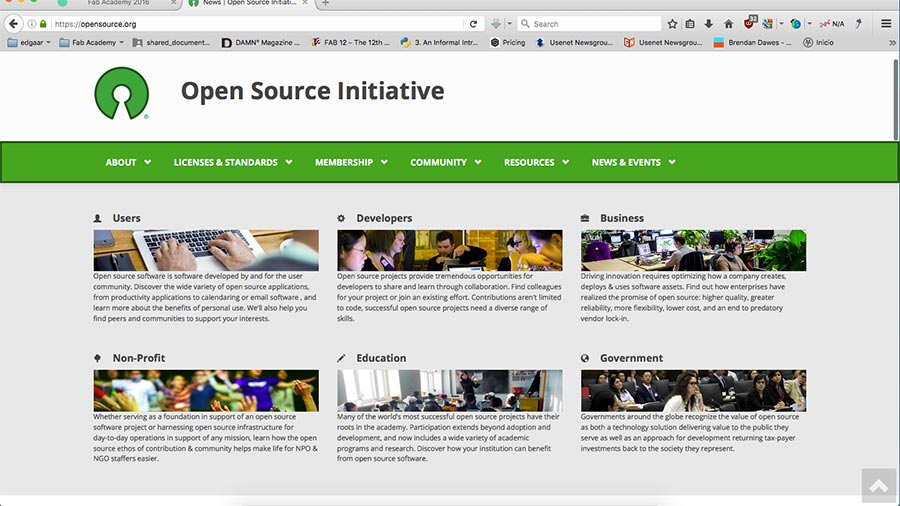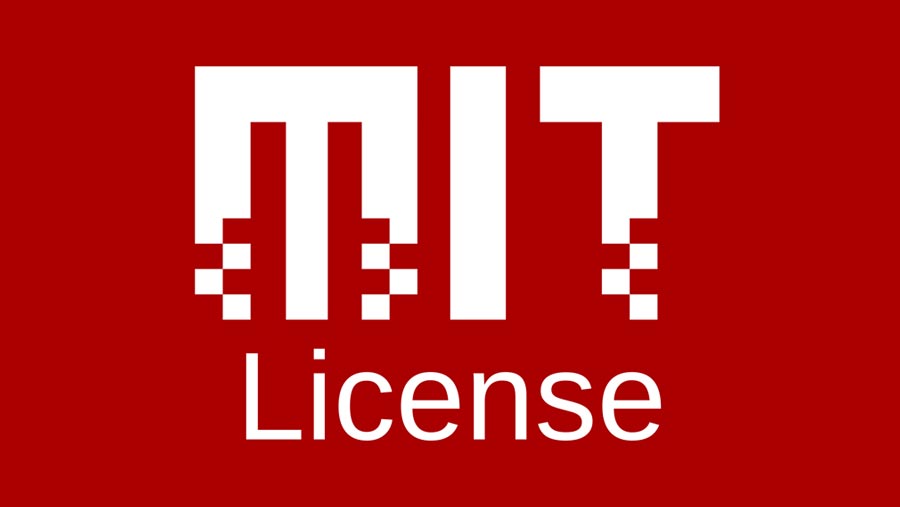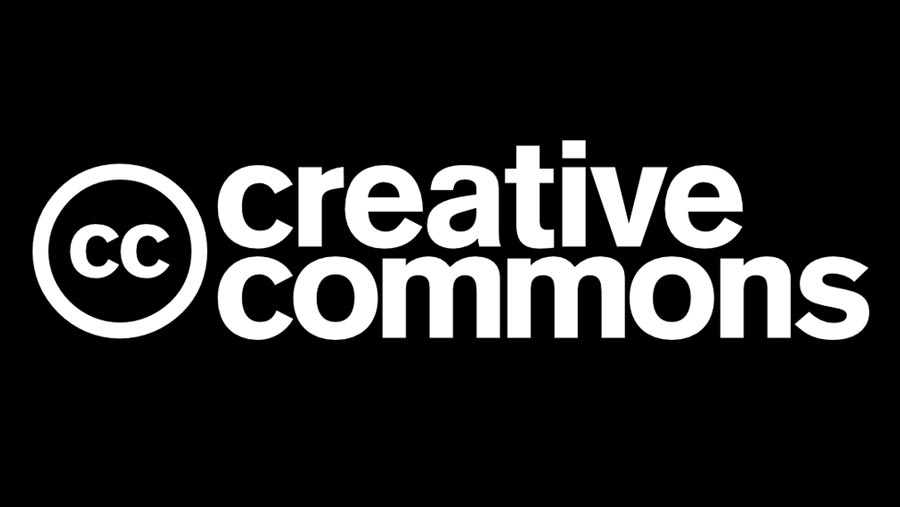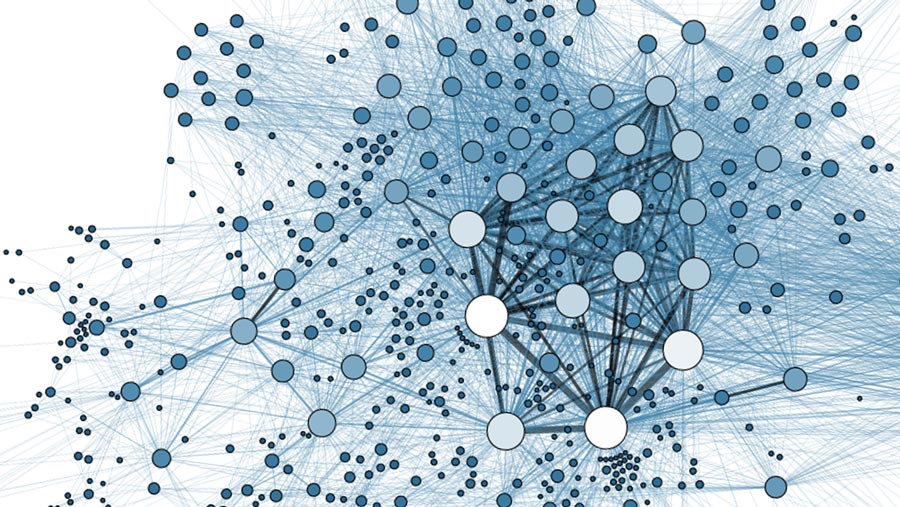
Week 18
We are in the final weeks of Fab Academy and things are starting to heat up, lots of work ahead, sleepless night and results!
In the meantime we have to think also about the future of our project: How are we going to spread the word? How are we going to protect it? What future we want for our project.
This week we worked on finding all this things out; licenses, open source, cc, etc. Hoping for the brightest future for all our projects.
Objectives
Develop a plan for dissemination of your final project.
Weekly Progress >

First, we had our weekly lecture with Neil Gershenfeld, you can watch it here.
Carl Bass hosted this week’s lecture, we talked about The Future Of Making Things.
CEO of 3D design and engineering software leader Autodesk. Carl will share a bit about Autodesk; his own background as a maker; and show his favorite Autodesk tools, which are now available for free to all Fab Academy members worldwide and will be made more widely available in the coming months.
Autodesk is a leader in 3D design, engineering, and entertainment software. Bass serves on the boards of directors of Autodesk and HP Inc.; on the board of trustees of the Smithsonian's Cooper-Hewitt National Design Museum, Art Center College of Design, and California College of the Arts; and on the advisory boards of Cornell Computing and Information Science, UC Berkeley School of Information, and UC Berkeley College of Engineering.
He holds a bachelor’s degree in mathematics from Cornell University. Bass is a maker and spends his spare time building things—from chairs and tables to boats, and most recently, an electric go-kart.
Assingment >

You have to know your rights! One of the things we usually don't think about is the rights we have over our designs/projects. You might think that because is your work, because you did it, you are safe, but no, sadly there's a lot of people in this world that just look for a chance to take advantage of other people, basically make money (usually) using the work you did and not giving back any credit or compensation.
This is why is so important for us to know our rights and how to protect them. Our assignment for this week was to research on this subject.

I started with the Open Source Initiative (OSI), which is "a non-profit corporation with global scope formed to educate about and advocate for the benefits of open source and to build bridges among different constituencies in the open source community."
For me the value of this initiative is on the fact that you promote accessibility to knowledge to a lot of people, which at the end helps to make better projects that can have a real positive impact in entire communities. This is why by doing it Open Source, you can have a real impact, and not just that, you also you have a tool to fight for your rights when bad people try to make money by exploiting your ideas without giving you anything back.
These are the most popular licenses they offer:
Apache License 2.0
BSD 3-Clause "New" or "Revised" license
BSD 2-Clause "Simplified" or "FreeBSD" license
GNU General Public License (GPL)
MIT license
Mozilla Public License 2.0
Common Development and Distribution License
Eclipse Public License
* I focused on the MIT License and the Creative Commons.

The MIT License is a free software license originating at the Massachusetts Institute of Technology (MIT). It is a permissive free software license, meaning that it puts only very limited restriction on reuse and has therefore an excellent license compatibility.
In the future I'll choose this license for any code that I develop, I think that is a good license that can help you protect your work. It is used by may developers.

Creative Commons is a nonprofit organization that enables the sharing and use of creativity and knowledge through free legal tools.
Free and easy-to-use copyright licenses provide a simple, standardized way to give the public permission to share and use your creative work — on conditions of your choice. CC licenses let you easily change your copyright terms from the default of “all rights reserved” to “some rights reserved.”
This licenses are not an alternative to copyright. They work alongside copyright and enable you to modify your copyright terms to best suit your needs.
This type of license is applicable to any kind of work you develop, is one of the most widely used because is adaptable to commercial and non-comercial work.
For my final project I'm gonna use this one:

This work is licensed under a Creative Commons Attribution-NonCommercial-ShareAlike 4.0 International License.

Plan for dissemination of the project
I'm going to share first prototype project as an Open Source non-commercial project, documenting every step for making a functional machine, free for anyone that wants to build one.
Future steps to make a commercially viable product would be to refine the design by joining a team of people that can work around the idea to make it better, with future intentions of make it go to market.
For the moment to communicate my project a good way is to promote it through specialized blogs, the Fab lab network, maker magazine, etc.
At this point I'm more focused on finishing my project but for sure there's a lot of ways in which I can promote and develop the business side of this project, the one's that I mention above are just a few of them, a begining.